A Guilt-Free Summer: How to Say No and Protect Your Boundaries
Summer is here—long days, bright skies, and endless invitations to do more, be more, and fit in just one more rooftop party or trip to the Hamptons.
While the season can feel like a celebration, it can also feel like a tug-of-war—especially if you’re working on setting boundaries in relationships.
Here’s the thing: you’re allowed to say no. In therapy, we often remind our clients that “no” is a full sentence.
You don’t have to justify your need to rest. You’re allowed to slow down. And you’re allowed to protect your peace, even when everyone else seems to be in full social mode.
Around the Healthy Minds NYC office, we’re practicing what we preach by slowing down and taking advantage of the long summer days. In order to show up well for clients, we hold our personal boundaries by reducing social commitments during the summer and ramping up self-care. You might notice our team of therapists popping out of our midtown office to grab the best gelato nearby at Venchi or enjoying a cold brew coffee from Culture Espresso while we stroll up to Bryant Park.
What about you?
Let’s dive in together and talk about what boundaries in relationships really look like, how to set them without guilt, and how to know when yours needs a little TLC.
What Are Examples of Boundaries in a Relationship?
Before we get into the “how,” let’s ground ourselves in the “what.” Boundaries in relationships aren’t about shutting people out or being cold. They’re about knowing where you end and someone else begins—what’s okay for you, and what’s not.
Here are a few examples of boundaries in relationships that can help guide you:
Emotional Boundaries: Letting your partner know how you’d like to be supported—or what’s off-limits in conversations. For example: “I’m not ready to talk about that today. Can we revisit it later?”
Time Boundaries: Carving out time for yourself, even if you’re in a relationship. Like saying, “I’d love to see you tonight, but I need a quiet night to recharge.”
Physical Boundaries: Being clear about what kind of touch or closeness feels good for you—and what doesn’t.
Digital Boundaries: Deciding how much you want to share online or how you handle communication—like setting “no phones at dinner” or not feeling obligated to respond to every text right away.
Boundaries in relationships are deeply personal—they’re about what makes you feel safe, seen, and respected.
What Do Healthy Boundaries Look Like?
It’s one thing to know what boundaries in relationships are; it’s another to recognize what healthy boundaries actually feel like.
Here’s what healthy boundaries often look and feel like:
Clear Communication: You’re not leaving your partner guessing. You share what you’re okay with and what doesn’t work for you—honestly, but kindly.
Mutual Respect: You respect your partner’s boundaries just as much as you want them to respect yours.
No Guilt, No Shame: You’re allowed to have needs and limits without feeling guilty or like you’re being “too much.”
Consistency: Healthy boundaries aren’t something you share once and forget—they’re part of an ongoing conversation that can grow and change as your relationship does.
When boundaries are healthy, relationships feel safer and more supportive—like a two-way street where both people can breathe.
How to Set a Boundary with a Partner?
Okay, so you know what boundaries in relationships are and what healthy ones look like—but how do you actually set them with your partner?
Here’s a gentle guide:
Get Clear on Your Boundaries
Before you can share them, you have to know what they are. Ask yourself: What do I need to feel safe and supported? What’s non-negotiable for me?
Pick the Right Time
Boundaries are best shared when you’re both calm and not in the heat of an argument. A quiet moment can help both of you hear each other better.
Use “I” Statements
Focus on how you feel and what you need, not what your partner is doing “wrong.” For example: “I feel overwhelmed when we make last-minute plans. Can we schedule things ahead of time?”
Be Ready for Pushback
Sometimes, boundaries in relationships can be hard for partners to hear—especially if they’re used to a different dynamic. Remind yourself that setting a boundary isn’t about controlling them; it’s about caring for yourself.
Stay Open to Conversation
Boundaries aren’t about building walls. They’re about building bridges—so stay open to hearing your partner’s perspective, too.
Setting boundaries with your partner isn’t selfish—it’s one of the kindest things you can do for both of you.
How Might You Know If You Are Not Maintaining Boundaries?
So, how do you know if your boundaries in relationships are slipping—or if they were never really there to begin with?
Here are a few signs:
You’re Constantly Exhausted
If you’re always drained after interactions, it might mean you’re giving too much without protecting your own energy.
You Feel Resentful
When you’re saying “yes” to things you don’t actually want to do, resentment can creep in.
You’re Afraid to Speak Up
If you’re tiptoeing around your partner’s feelings and ignoring your own, that’s a sign your boundaries need some love.
You Don’t Feel Like “You” Anymore
Healthy boundaries help you stay connected to who you are. If you’re feeling lost or like you’re always adapting to what someone else wants, it might be time to check in.
The good news? Boundaries in relationships aren’t fixed. They’re something you can rebuild, strengthen, and refine at any point.
Final Thoughts: You Deserve a Guilt-Free Summer
Here’s what we hope you remember as you head into summer: your time, your energy, and your peace matter. You’re allowed to say no. You’re allowed to step back. And you’re allowed to protect your boundaries in relationships without guilt or apology.
Summer in New York City can be a time of joy and connection—but only if you’re showing up as your whole self, not as someone who’s stretched thin or silently resentful.
So give yourself permission to say no when you need to. Permission to choose the quiet night in over the endless party. Permission to remember that you’re not here to please everyone—you’re here to live a life that feels good for you.
And if you’re feeling unsure about how to set those boundaries in relationships or how to hold them firm when things get busy, that’s okay. You don’t have to figure it out alone.



